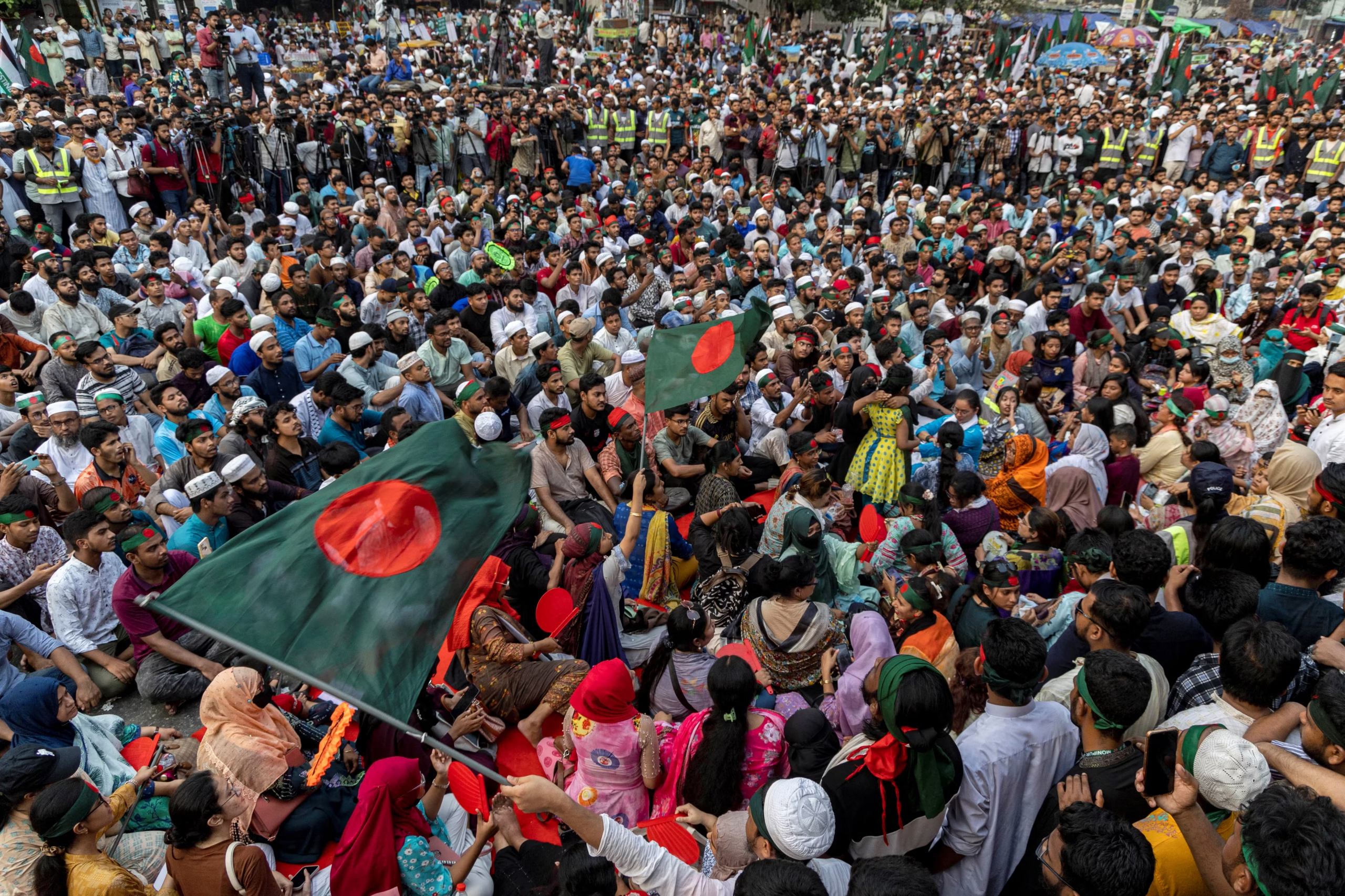Pakistan’s energy sector may finally be on the path to resolving its long-standing circular debt crisis, as the Central Power Purchasing Agency-Guaranteed (CPPA-G) is expected to sign term sheets with nearly 18 commercial banks this weekend for a massive Rs1.275 trillion loan, according to sources familiar with the matter.
The move is part of a broader government-approved strategy to clear the country’s ballooning circular debt, which currently stands at a staggering Rs2.4 trillion — roughly 2.1% of the GDP.
How the Deal Will Work
Under the plan, commercial banks will provide fresh loans worth Rs617 billion at an interest rate of 10.50–11%, tied to the Karachi Interbank Offered Rate (KIBOR). These loans will be repaid over six years through a Debt Service Surcharge (DSS) that electricity consumers will pay at Rs3.23 per unit.
The remaining amount will be raised to pay off older loans obtained by the Power Holding Limited (PHL) on behalf of distribution companies (Discos), and to clear the remaining interest-bearing arrears owed to power producers.
A consortium of banks — some of which have previously lent to PHL — will participate in the financing, although specific bank names have not been disclosed.
What the Circular Debt Plan Looks Like
According to the Finance Ministry’s documents:
- Rs348 billion will be recovered through renegotiated deals with Independent Power Producers (IPPs) and existing subsidies.
- Rs387 billion in interest will be waived.
- Rs254 billion will be covered through already-budgeted subsidies.
- Rs224 billion in non-interest-bearing liabilities will remain unresolved.
- The remaining Rs1.252 trillion will be borrowed to pay off all PHL loans (Rs683 billion) and clear outstanding dues to power producers (Rs569 billion).
The aim is to convert the government’s existing debt stock into manageable, longer-term CPPA-G liabilities — a move that should significantly ease the burden on the power sector.
What’s Next for Consumers?
The DSS will be adjusted annually to ensure there’s enough revenue to meet debt repayments. Currently capped at 10% of NEPRA’s revenue requirement, the surcharge could be increased if there’s a shortfall. The government plans to remove this cap through legislation by June 2025, ensuring the repayment schedule stays on track.
Importantly, any future shortfall in DSS collections will not be covered through additional government subsidies — a key commitment made to the International Monetary Fund (IMF) as part of broader fiscal reforms.
Long-Term Outlook: Debt-Free by FY2031?
Power Minister Sardar Awais Ahmad Khan Leghari stated that if all measures are implemented successfully, the circular debt will drop to Rs350 billion in the near term, with the goal of eliminating it entirely by FY2031.
The government is also planning a comprehensive strategy to retire any remaining interest-bearing debt by the end of FY2025, without using further subsidies.
With the interest burden — a major driver of the debt crisis — set to decline sharply, officials believe this marks a turning point in stabilizing the country’s fragile power sector.
















